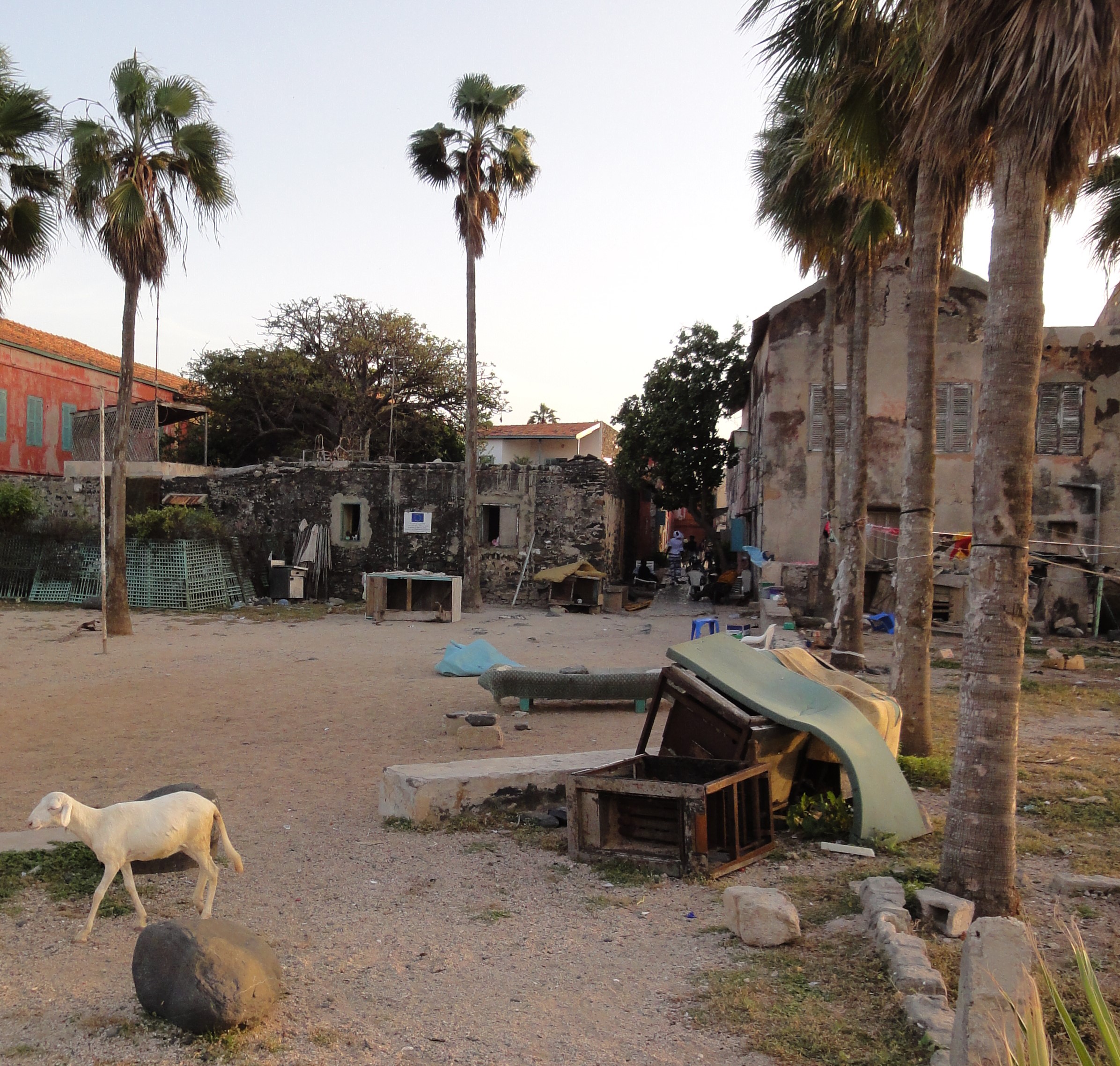Happy Easter, dear readers! Whether you observe this Christian holiday or not, you may be interested in the regional entanglements and semantic changes of the Latin word pascha ‘Easter” as it travelled through the Mediterranean and beyond. With <ch> pronounced as [k] in Latin, the word bears resemblance to many words designating a major religious celebration, often particularly meaning ɛīd al-kabīr in a number of Berber languages. These languages, spread across the Maghrib and a number of sub-Saharan African countries, have forms such as tafaska (Central Moroccan Berber), tfaska (Ouargla and Djerba) or tăfaske (Tuareg).
In his book on Berber in contact, Maarten Kossmann suggests that the semantic bridge allowing the Judeo-Christian word for Easter to become used for the Islamic celebration of ɛīd al-kabīr is the central role of slaughtering sheep in both ceremonies.

A sheep wandering in the streets of Gorée. Will it be eaten at Easter or Tabaski?
Via Berber languages, the word may have arrived in West African languages spoken further south and exposed to Islam and Christianity much later than their northern neighbours. And this may explain why ɛīd al-kabīr is known as tabaski in Wolof and many other languages of the region – an uncanny linking of two major religious holidays that at first sight do not appear to have much in common through historical connections reaching far into these languages’ past.
Read more on the contact history of Berber in this chapter:
I like this short piece!
LikeLike